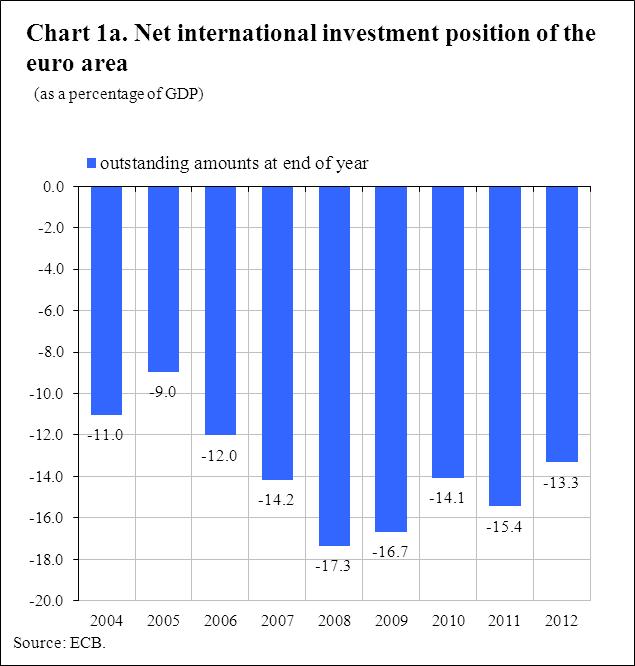
In fact, the pound was equivalent to the value of one pound of silver. This makes sense because, back in Roman times, a pound of silver was the unit of measurement for money. The British pound’s name originally came from the Latin word “libra,” which means weight or balance. The currency has been used in some form for over 1,200 years and has its origins in the Roman Empire, which had a strong presence in the U.K. Check out these seven fun facts to expand your knowledge of the United Kingdom’s currency. Thanks to its long history, there are plenty of interesting facts about the British pound. Today, the British pound is the fourth most-traded currency in the world. This means that, instead of pegging its value to gold or other currencies like USD, the government allows the market to decide the value of the United Kingdom’s currency. allowed the value of the British pound to float. Winston Churchill brought the British pound back to the gold standard in 1925, but the country once again dropped it in 1931. stopped following the gold standard because of World War I. Sir Isaac Newton made the change as the Master of the Mint - and the country would follow the gold standard for the next 200 years.

For hundreds of years since, the Bank of England has continued to manage the British pound.Īlthough the British pound started out as a silver-backed currency, in 1717, it was moved to the gold standard.

In 1694, King William III established the Bank of England as a way to finance his continued war with France. According to historical records, one pound could buy 15 cows during this time - an impressive amount of wealth. However, it wasn’t until the first king of England, Athelstan, came to power in 928 that the British pound officially became the currency of the United Kingdom. We know the pound was the United Kingdom’s currency as far back as the year 775 CE, when one GBP was equivalent to one pound of silver coins. The British pound has its origins in the Roman Empire, which stretched across much of Europe and the British Isles. The colorful history of the United Kingdom’s currency Please check the Remitly website for the most current exchange rate for British pound to Japanese yen, Colombian pesos, and other currencies. dollar, one British pound is comprised of 100 pence. The Bank of England also issues coins in 1, 2, 5, 10, 20, and 50 pence. The Bank of England issues the United Kingdom’s currency in banknote denominations of 5, 10, 20, and 50 pounds. Other global currencies tie their exchange rate to the British pound, including those of:



 0 kommentar(er)
0 kommentar(er)
